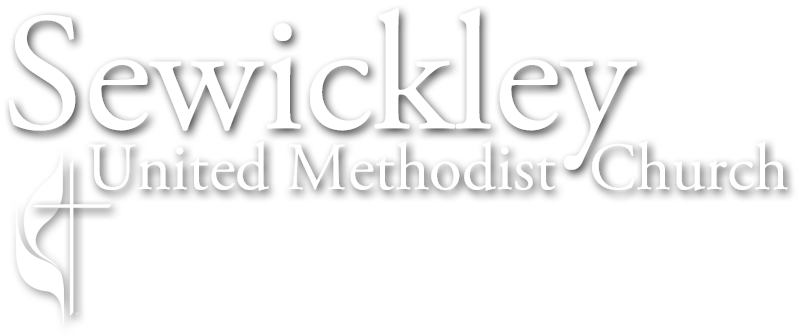I received some discouraging news about a friend’s health and immediately lifted prayer for everyone involved. As I drifted through the day, I continued to cover them in prayer. In the kitchen. In the car. As the coffee machine in Get Go filled my cup. The prayers felt inadequate. The ache persisted.
Arriving at church to tend to some chores in late afternoon, I went directly to the chapel. Our chapel. My chapel. The kids call it “the little prayer room.” I dropped to my knees on the padded rail and tearfully shared it all. I emptied myself. And He took it all, the news of the day and all the other aches I had been collecting for days and weeks and months, and slowly began to fill me again. He poured hope and peace and strength into my deep.
I texted a friend as I left the room: “I always feel better after praying in there.”
I like my time in the chapel. I visit for big prayers and for little prayers. I visit Sunday mornings before the church fills with life. Often, I stop to lift a “thank you” for church family and the love and light I have found here. I feel free as I step into the space. I cry. I rage. I rest.
Christian writer/speaker Rachel Held Evans, in her book “Searching for Sunday,” recalls finding a quiet alcove in a monastery in Alabama.
“It’s funny how, after all those years attending youth events with light shows and bands, after all the contemporary Christian music and contemporary Christian books, after all the updated technology and dynamic speakers and missional enterprises and relevant marketing strategies designed to make Christianity cool, all I wanted from the church… was a quiet sanctuary and some candles. All I wanted was a safe place to be. Like so many, I was in search of sanctuary.”
If you’re searching, I invite you to visit. The chapel sits behind the wooden doors in the rear corner of the sanctuary, stage left. The interior door is always unlocked (and it’s my dream to unlock the exterior door, so anyone could visit and pray).
To your left is a grand staircase that leads to the bell tower (the rest of the climb is considerably less grand.) To your right, there’s a cross on the wall, a narrow altar, and the padded prayer rail. There are six small pews and light pouring in through stained glass windows. On the altar sits the “Pulpit” Bible, presented by the Rev. Charles Thorn to the Sewickley Methodist Episcopal Church in 1872 and used until 1909. You can flip through the pages and read all the things the Lord “saith.”
The room is not quiet—you can hear the traffic rumbling along Thorn and Beaver streets or Erik coaxing joy from the organ—but it feels insulated, safe, sheltering. It is a place to sit and breathe and think, or not think.
Spring is a good time to visit. The space is not heated, and in some seasons, the chapel is a storage shed, a maintenance depot.
Someone has recently restored the space (Thank you!). The morning light is brilliant. The afternoon light is soft. I’ve also spent time there in darkness. There are overhead lights, but darkness insulates and shelters, too. I visit before Bible studies or committee meetings.
When, after 10 days, I learned that my ailing friend was rebounding wonderfully, I returned to the chapel. I didn’t kneel. I flipped through the pulpit Bible, wondering how many people found peace and light in this space since 1872. I sat in the first pew, enjoying the light, sharing my gratitude with the one who provides. It was another long, unhurried conversation, flowing beyond my friend and his health.
I always feel better after praying in there. Please make arrangements with Pastor Hannah, Elizabeth, or Ray, if you’d like to visit the chapel outside of business hours.

